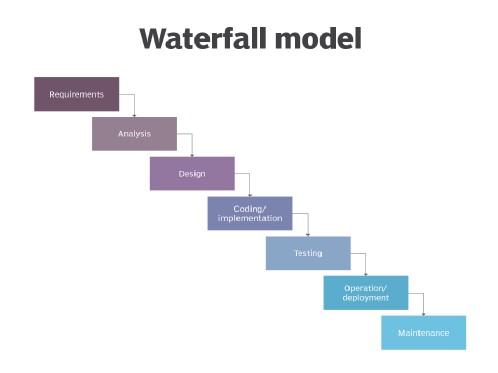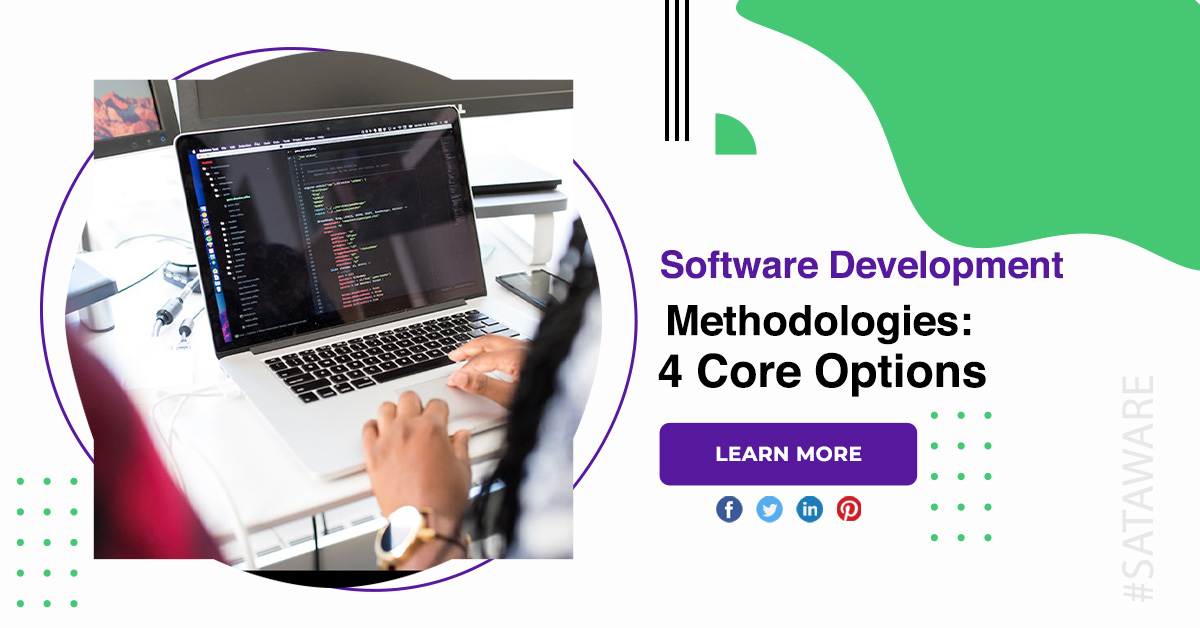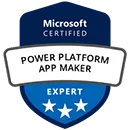Software Development Methodologies: 4 Core Options
Software delivery is a complex, multi-step process. This means that you can apply different approaches to planning and execution, reflected in a range of project management methods, frameworks and styles. But more isn’t always merrier when it comes to making difficult decisions. However, knowing which methods are better suited to a given project can significantly reduce operational accidents.
Software development methodologies
Waterfall methodology
The Waterfall methodology assumes a linear, sequential approach to software development. There is no overlap between phases as the next one starts only after the previous one is completed.
- The Waterfall approach, the most traditional development methodology we’ll discuss, involves a series of phases executed sequentially.
- The process is defined by an orderly process: Once a phase is complete, it is generally not recommended to double back for revision.
- The Waterfall process really lends itself to straightforward projects with clear and immutable requirements, rather than efforts involving many key points and potential pitfalls.
Advantages
- Clear planning: With a predefined trajectory for each project, managers and team members can plan their contributions at each stage.
- Opportunities for phased execution: If your team is working on multiple projects simultaneously, the Waterfall approach can allow different team members to focus on separate projects at different stages.
- Simplicity for all stakeholders: Because the Waterfall approach is relatively straightforward, it can be easily communicated to team members, managers and clients.
- Responding to change: If the user needs to dictate new priorities or changes in internal direction, the team using Agile can adapt.
- Sprints enable strategic prioritization: When the whole team dives into one priority, you will generate results in important areas.
- Process does not hinder productivity: Developers like to dive into problems, but strict process requirements can prevent them from doing so.

Scrum
If Agile is a broad conceptual focus, Scrum can be understood as its specific application. Using the Scrum framework, teams divide a software project into specific sections of work to be completed. These goals are then achieved in timed sprints, during which team members devote their attention to a specific challenge.
Why follow software development?
It should be emphasized that it is essential to choose a software development methodology and apply it in a disciplined manner throughout the project. There are many risks involved in taking software development methodology for granted. Without structured guidance, developers can suffer from ever-changing customer demands, even more so when miscommunication occurs.

Prototype methodology
It is a specialized software development principle that initiates developers to create only a sample resolution to validate its functionality to customers and perform the necessary iteration before creating an authentic final product and final quality testing.
Rapid app development
Focused on delivering fast results, rapid application development is a software development model designed to deliver superior processes with the help of other software approaches. It is built to make the most of development software. It is undoubtedly designed to enhance the functionality of the entire software project or web application to highlight active user participation.
Conclusion
Each software methodology has its advantages depending on the type of project. Agile is sometimes considered a buzzword, especially among people who haven’t really used it.











